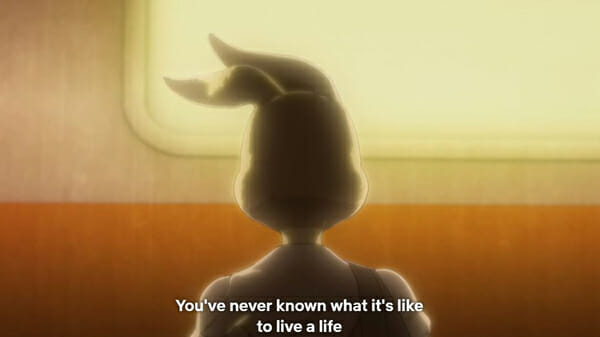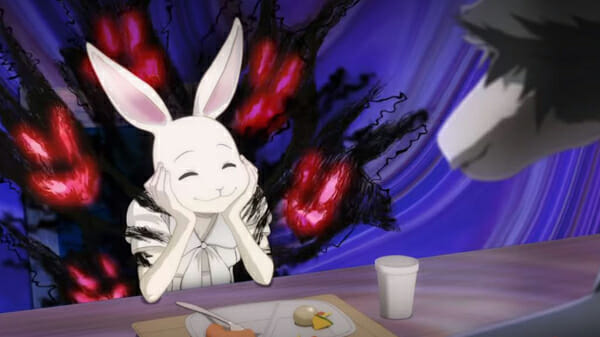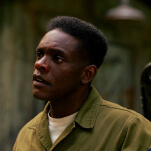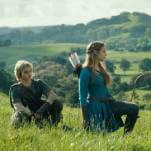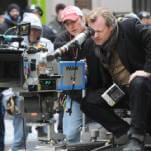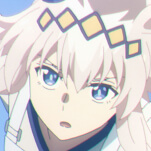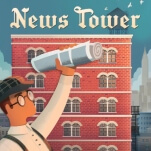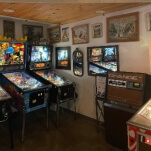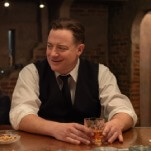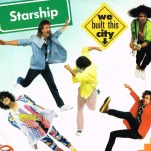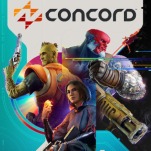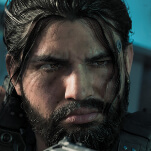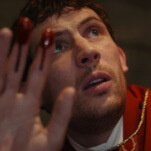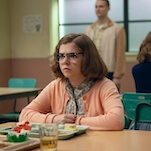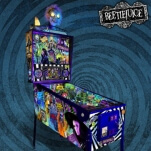Why Netflix's Beautiful, Unique, Underrated Beastars Is Worth Exploring
The show’s beautiful CG animation never undercuts tense character melodrama.
Images via Netflix/Orange Studio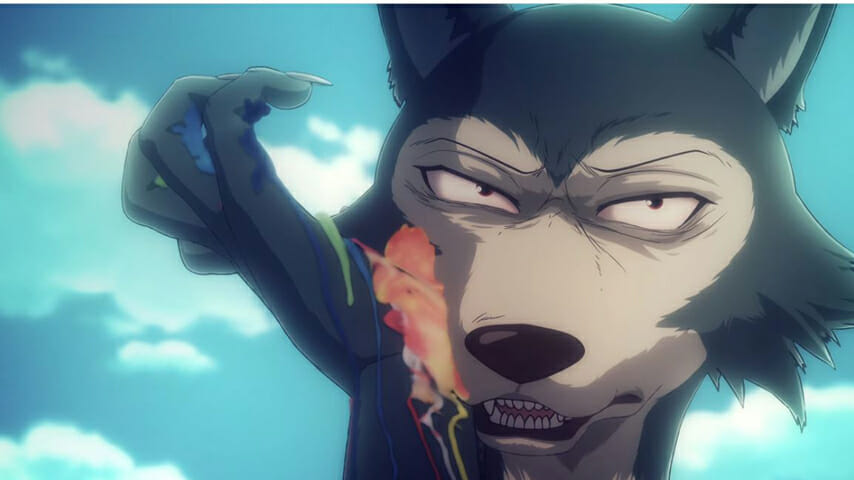
Beastars was the best anime to come out of 2019. This may be a controversial take, given last year was marked by sumptuous animation no matter where you looked—from the fluid, ballet-like fights of Demon Slayer and Mob Psycho 100 II to the high-stakes tension of The Promised Neverland and Vinland Saga, it was perhaps my favorite recent year for anime. Yet somehow, despite offerings from Kunihiko Ikuhara and Shinichiro Watanabe, two of my favorite directors (some of their finest work respectively, too), the oddly evocative melodrama of a wolf, rabbit, and deer captured me the most.
The thing is, Beastars isn’t going to be for everyone. Known for their unique take on CG, animation studio Orange’s breakout work was an adaptation of Haruko Ichikawa’s Land of the Lustrous, which (to undersell it), is a grittier Steven Universe complete with gem-people, glistening body horror, and unsettlingly ambiguous storytelling.
Though public opinion has since changed, Land of the Lustrous was damn near universally hated upon its release. Not only is the style more avant garde than typical anime fare, but Orange uses animation in a way completely unlike how others had used it before. Typically, it’s deployed to cut costs (look no further than the meme-worthy bears in Golden Kamuy or the unfortunate 2016 Berserk adaptation) or, unfortunately, it ages poorly, as with Ghost in the Shell: Stand Alone Complex or Appleseed. Orange, instead, uses CG with notions of 2D style. It’s a turning point for how we interpret CG; it can be just as fluid and communicate full horizons, texture, and light just as well as traditional animation. It just depends on how it’s utilized, and if that utilization is artful, committed, and lifelike.
For that reason, I couldn’t imagine Beastars animated any other way—every space feels lived in, and the show often shifts to different animation styles and abstract ways of conveying emotion. Just a fluttering of ears or a swishing of a tail is sometimes plenty to communicate what’s going on in a character’s head, and it’s rendered with such an urgency and twitchy attention to detail. The opening is an utterly delightful piece of stop motion with two felt dolls of characters Legoshi and Haru, and one of the show’s most visually and emotionally rousing moments is a dream sequence by guest animator Yoko Kuno.
Yoko Kuno was the artist behind this AMAZING dream sequence in Beastars #07. Leaving the CGI setting for the oniric world and embracing a really talented and idiosyncratic animator was such a neat idea. Morphing animation is always beautiful to watch, so in love right now pic.twitter.com/HMC70SOMKm
— Ashita (@AshitanoGin) November 21, 2019
Beastars lacks the resplendency of Land of the Lustrous’ animation, in part because it’s not necessary. Instead, it translates the manga’s original Edward Gorey-inspired scribbly style beautifully, with cues that allude to each animal’s natural instincts (the breathing in of scents becomes a psychedelic experience). This is a story about a grey wolf named Legoshi who navigates adolescence at an integrated school for carnivores and herbivores. If it sounds a bit like Zootopia, well, you’re right, bolstered even further given his love interest is a small rabbit who desires to be taken seriously despite her species. Beastars did begin serializing in fall of 2016, so maybe mangaka Paru Itagaki did take some cues from the Disney film—any similarities are merely surface level, though, and that’s clear once you’re minutes into the first episode.
If there was one binding force within the world of Beastars, it would be the imbalanced forms of power between carnivores and herbivores. The story opens with the grisly murder of an alpaca student, Tem. Whether there was a palpable schism before this event between students or not is questionable, but it certainly sets every species off into paranoia. Legoshi, our main character, is a member of the drama club which has become known for its collaborative and positive body of members ranging from tiny squirrels to hulking tigers. The drama club is the perfect staging for much of the show’s themes—not only do we see the struggles of herbivores, eternally underestimated and living in constant fear of devourment, but we see the prejudices and stereotypes used against carnivores who, for the most part, are incredibly docile and peaceful.
Legoshi’s perfect foil lies in Louis, the red deer leader of the drama club. He’s stately, a little rude and stubbornly confident. Everyone at the school admires him, but Legoshi sees that his conviction derives from his overwhelming desire to overcome stereotypes. He wants to be the next “Beastar,” a vague title ascribed to those who unite the herbivores and carnivores in some meaningful way, a bit like a more heroic Nobel Peace Prize winner. Louis carries with him an innate sadness he hides from the world communicated expertly through his combative yet delicate interactions with Legoshi as well as the continually emotional animation—Louis’ eyes can, in a flash, portray deep sorrow, sharp ambition or vulnerability. He envies Legoshi for his natural strength and gritty instinct, but chastises him for his amenable and shy personality; as far as Louis can see, it’s a mask, a convenient excuse for Legoshi to not participate in society as he should.

